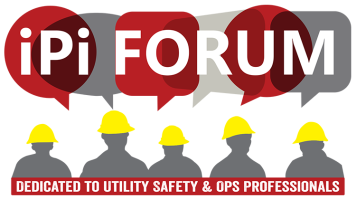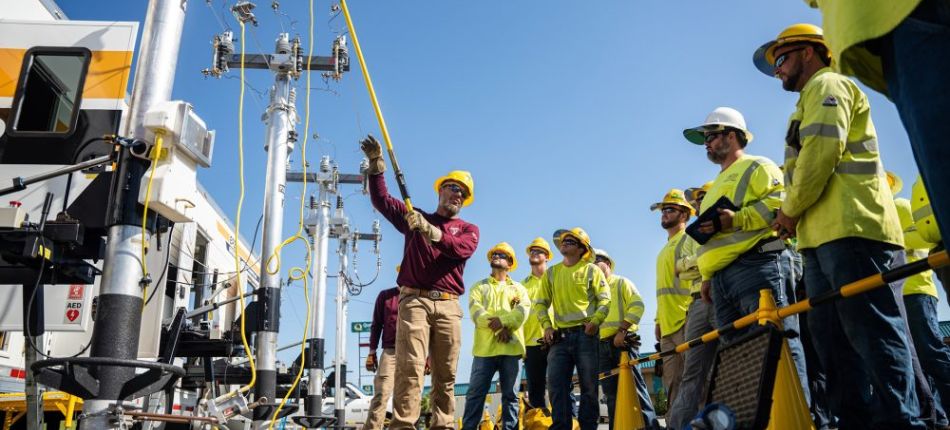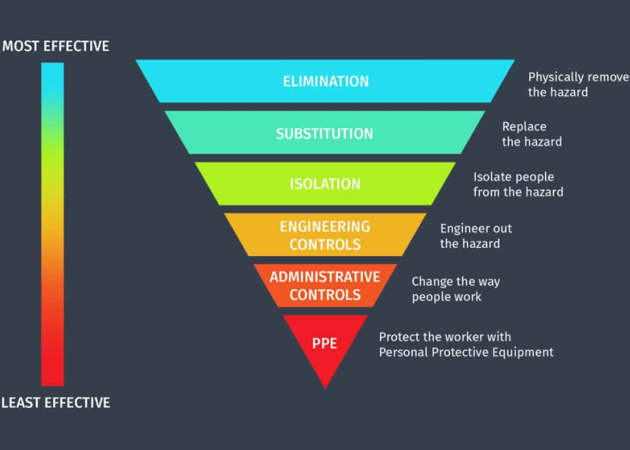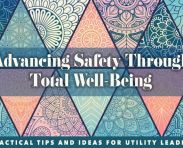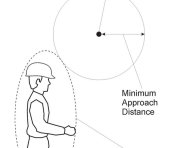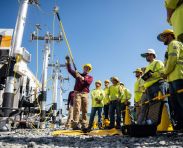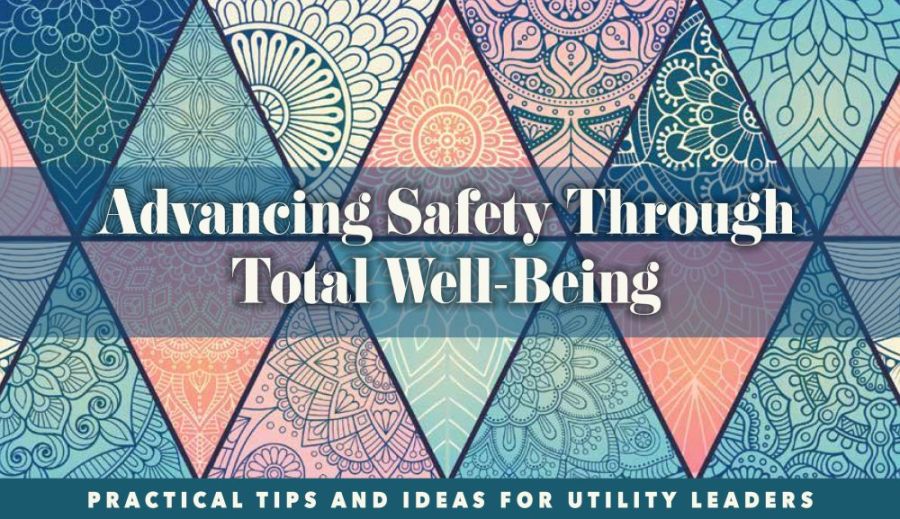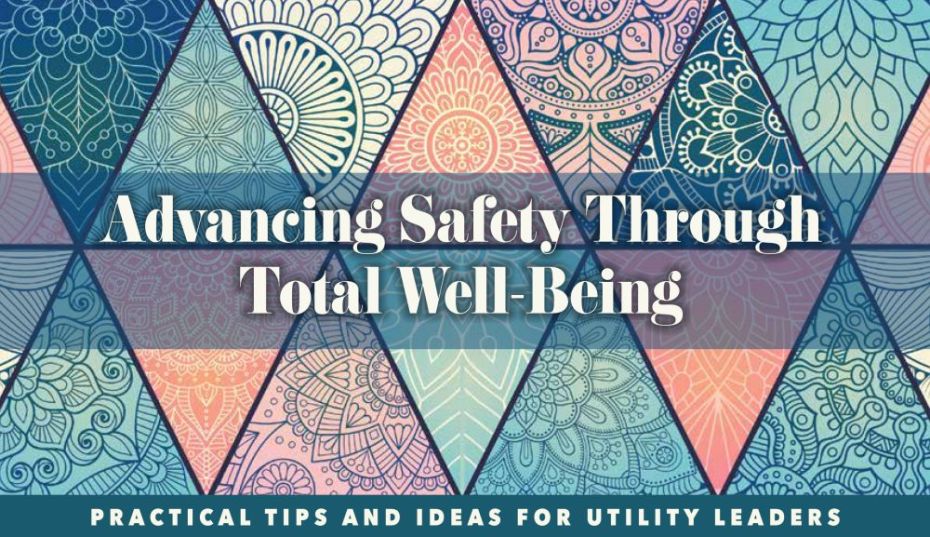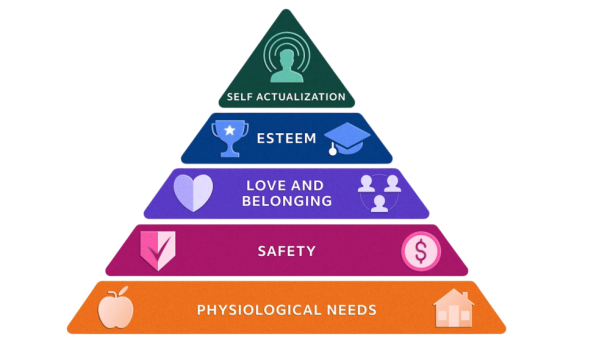Days
:
Hours
:
Minutes
:
Seconds
iPi Monthly Forum for Utility Professionals
The iPi monthly forum is where you can get answers to questions you have from subject matter experts like David McPeak, Jim Vaughn, Danny Raines and other utility safety and ops professionals like yourself. Forums will include industry specific topics, challenges, trends, and solutions along with best practices in leadership, operations, and safety.
KNOWLEDGE, INSIGHT AND STRATEGY FOR UTILITY SAFETY & OPS PROFESSIONALS
PPG is equally as important today as it was a century ago, providing lineworkers with a critical safeguard against electrical hazards.
Part 1 of this article began with discussion of the first American power systems, when lineworkers initially encountered the hazards of working on de-energized lines (see https://incident-prevention.com/blog/the-evolution-of-personal-protective-grounding-part-1/). This led to early personal protective grounding (PPG) efforts using trial and error. We also reviewed Charles Dalziel’s contributions toward a greater industry understanding of dangerous current levels. […]
More News…

Labels and PPE must be part of a larger system of worker protection that integrates all levels of the hierarchy of controls.
Rethinking Arc Flash Labels for PV Projects
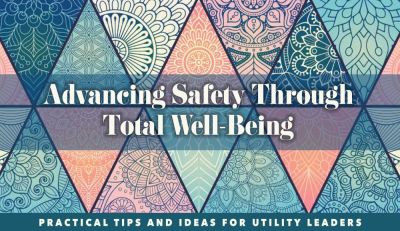
Organizations that embrace holistic worker wellness as part of their safety strategy can move beyond compliance into the realm of cultural transformation.
Advancing Safety Through Total Well-Being: Practical Tips and Ideas for Utility Leaders
Before safe and effective PPG methods emerged, pioneering lineworkers navigated their worksites with limited grounding knowledge, equipment and procedures.
The Evolution of Personal Protective Grounding: Part 1
Personal protective grounding, or PPG, is arguably the most critical safety procedure affecting contemporary lineworkers. Over time, it has evolved to include numerous significant elements that contribute to the success of today’s comprehensive methods and procedures.
To adequately address these elements, this article will be presented in two parts. Part one, which you are now reading, covers PPG…
Rather than overcomplicating PPE decisions, invest time in safety through design to minimize the likelihood of an arc event.
Variabilities in Electrical Arc Flash Protection
Accuracies are synonymous with safety and science. While many perceive that electrical safety needs to be highly exact, this article aims at creating awareness of why sticking to the basics is effective.
But before we delve into variability in electrical engineering, safe electrical work practices and electrical PPE, here is a brief story my second-year engineering physics professor shared when I…
Accuracy Above All: Authoring Articles for iP Magazine
For over 17 years, I have had the distinct privilege of writing for Incident Prevention magazine. I am genuinely honored that iP continues to publish my articles. My first column was about the four principles of distribution cover-up. At last count, I had written and submitted more than 100 article…
October-November 2025 Q&A
Q: We hear lots of opinions about whether a lineworker can lift a hot-line clamp that has a load on it. There is a rule that says disconnects must be rated for the load they are to break. We’ve been doing it forever. Are we breaking an OSHA rule or not?
A: We have answered this question before…
Utility organizations must thoroughly assess and refine their critical operational processes to effectively support employee and public safety.
Safety By Design: Implementation and Operation
The first four articles in this six-part series outlined the significance of an organizational safety management system (SMS) that involves all employees. They emphasized effective risk mitigation through a well-developed plan for continuous improvement, with a focus on human and organizational per…
Addressing the Elephant in the Room
There is an elephant in the room that plays a role in the safety culture of our industry. That elephant needs to be exposed, even though it’s going to be tough to do.
Based on a less-than-official count, 12 to 14 lineworkers have lost their lives on the job over the past six months. The estimate…
Organizations that embrace holistic worker wellness as part of their safety strategy can move beyond compliance into the realm of cultural transformation.
Advancing Safety Through Total Well-Being: Practical Tips and Ideas for Utility Leaders
Over the past 50 years, the electric utility industry has developed and implemented robust engineering controls, detailed work procedures and focused training to reduce injury and fatality rates among workers. However, the total well-being of the worker is another critical safety factor that utilit…
Electrical workers must recognize that ‘avoid contact’ requires them to rubber up or cover up – including when contact is possible with secondary voltages.
‘Avoid Contact’: Correctly Understanding the MAD Without a Distance
For decades, air has been used to effectively and inexpensively maintain phase-to-phase and phase-to-ground clearances of overhead distribution and transmission power lines and electrical equipment. Air’s extremely high resistance offers excellent protection against the passage of current. The grea…
PPG is equally as important today as it was a century ago, providing lineworkers with a critical safeguard against electrical hazards.
The Evolution of Personal Protective Grounding: Part 2
Part 1 of this article began with discussion of the first American power systems, when lineworkers initially encountered the hazards of working on de-energized lines (see https://incident-prevention.com/blog/the-evolution-of-personal-protective-grounding-part-1/). This led to early personal protect…
Social Networks
Recent Posts
Featured Products
Kevlar Telescoping Ladders
Telesteps has introduced the world’s first and only DuPont Kevlar telescoping ladders, available in both a Type 1A extension and a Type 1AA A-frame stepladder. Unlike aluminum ladders, these models are fully nonconductive, significantly reducing electrocution risk for lineworkers and electricians w…
Safety Management
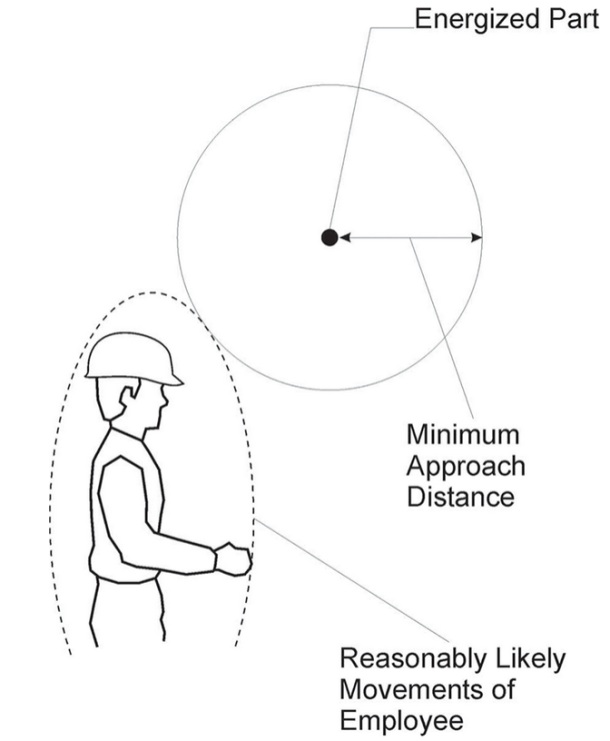
‘Avoid Contact’: Correctly Understanding the MAD Without a Distance
For decades, air has been used to effectively and inexpensively maintain phase-to-phase and phase-to-ground clearances of overhead distribution and transmission power lines and electrical equipment. Air’s extremely high resistance offers excellent protection against the passage of current. The grea…
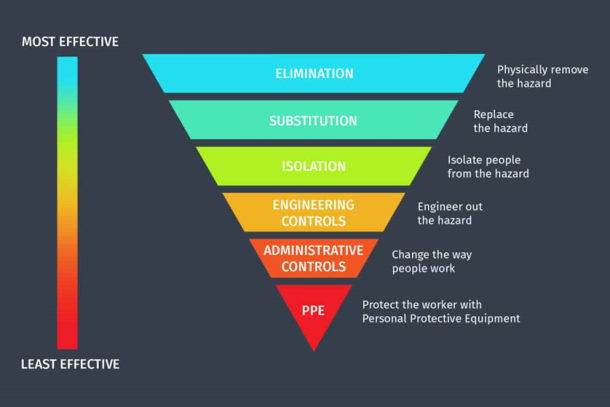
Rethinking Arc Flash Labels for PV Projects
Arc flash labels are a commonplace requirement for photovoltaic (PV) projects. However, arc flash studies and the resulting labels are sometimes treated as check-the-box exercises. In my experience as an engineer, I have found that questions are rarely asked regarding integration of PV arc flash la…
Safety By Design: Implementation and Operation
The first four articles in this six-part series outlined the significance of an organizational safety management system (SMS) that involves all employees. They emphasized effective risk mitigation through a well-developed plan for continuous improvement, with a focus on human and organizational per…

Advancing Safety Through Total Well-Being: Practical Tips and Ideas for Utility Leaders
Over the past 50 years, the electric utility industry has developed and implemented robust engineering controls, detailed work procedures and focused training to reduce injury and fatality rates among workers. However, the total well-being of the worker is another critical safety factor that utilit…
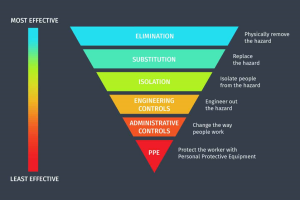
Labels and PPE must be part of a larger system of worker protection that integrates all levels of the hierarchy of controls.
Rethinking Arc Flash Labels for PV Projects
Arc flash labels are a commonplace requirement for photovoltaic (PV) projects. However, arc flash studies and the resulting labels are sometimes treated as check-the-box exercises. In my experience as an engineer, I have found that questions are rarely asked regarding integration of PV arc flash la…
Utility organizations must thoroughly assess and refine their critical operational processes to effectively support employee and public safety.
Safety By Design: Implementation and Operation
The first four articles in this six-part series outlined the significance of an organizational safety management system (SMS) that involves all employees. They emphasized effective risk mitigation through a well-developed plan for continuous improvement, with a focus on human and organizational per…

Organizations that embrace holistic worker wellness as part of their safety strategy can move beyond compliance into the realm of cultural transformation.
Advancing Safety Through Total Well-Being: Practical Tips and Ideas for Utility Leaders
Over the past 50 years, the electric utility industry has developed and implemented robust engineering controls, detailed work procedures and focused training to reduce injury and fatality rates among workers. However, the total well-being of the worker is another critical safety factor that utilit…
Organizations that embrace holistic worker wellness as part of their safety strategy can move beyond compliance into the realm of cultural transformation.
Advancing Safety Through Total Well-Being: Practical Tips and Ideas for Utility Leaders
Over the past 50 years, the electric utility industry has developed and implemented robust engineering controls, detailed work procedures and focused training to reduce injury and fatality rates among workers. However, the total well-being of the worker is another critical safety factor that utilit…
Organizations that embrace holistic worker wellness as part of their safety strategy can move beyond compliance into the realm of cultural transformation.
Advancing Safety Through Total Well-Being: Practical Tips and Ideas for Utility Leaders
Over the past 50 years, the electric utility industry has developed and implemented robust engineering controls, detailed work procedures and focused training to reduce injury and fatality rates among workers. However, the total well-being of the worker is another critical safety factor that utility organizations…
When safety is a true organizational value, employees are more likely to adhere to standards, perform quality work and be more productive.
Built In, Not Bolted On: Using Safety to Drive Operational Excellence
Employers in the electric utility industry are currently working on initiatives in various areas of their businesses, including safety, quality, production, leadership, and human and organizational performance (HOP). These are important programs, but it’s unlikely they’ll fully achieve their intend…
Holistic worker wellness isn’t a passing trend – it’s a critical component of workplace safety and strong organizational performance.
Making the Safety Connection: The Impact of Total Well-Being in the Workplace
Utility workers perform essential tasks that touch millions of lives every day. The critical nature of the services they provide coupled with the perilous nature of their tasks exposes these workers to life-threatening hazards. This is why the industry highly values and prioritizes safety.
Many…

Research indicates use of these practical tactics can help safety professionals garner greater leadership support for their programs.
The Roadmap to Gaining Senior Leader Buy-In for Safety Initiatives
In a recent survey we conducted, 97% of safety professionals who responded confirmed that gaining senior leader buy-in for their safety programs was either very important or extremely important to them.
This research project was a joint effort between the National Electrical Contractors Associat…
Worksite Safety
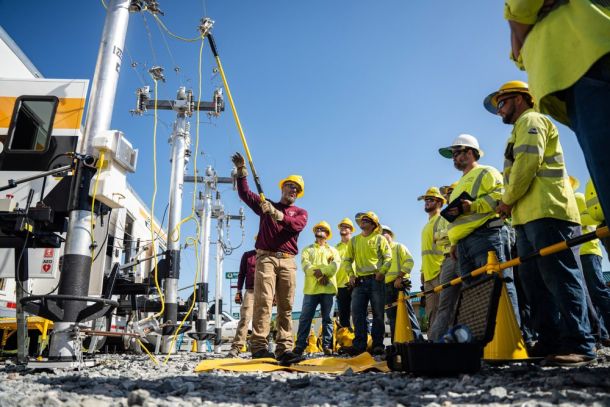
The Evolution of Personal Protective Grounding: Part 2
Part 1 of this article began with discussion of the first American power systems, when lineworkers initially encountered the hazards of working on de-energized lines (see https://incident-prevention.com/blog/the-evolution-of-personal-protective-grounding-part-1/). This led to early personal protect…

‘Avoid Contact’: Correctly Understanding the MAD Without a Distance
For decades, air has been used to effectively and inexpensively maintain phase-to-phase and phase-to-ground clearances of overhead distribution and transmission power lines and electrical equipment. Air’s extremely high resistance offers excellent protection against the passage of current. The grea…

Rethinking Arc Flash Labels for PV Projects
Arc flash labels are a commonplace requirement for photovoltaic (PV) projects. However, arc flash studies and the resulting labels are sometimes treated as check-the-box exercises. In my experience as an engineer, I have found that questions are rarely asked regarding integration of PV arc flash la…
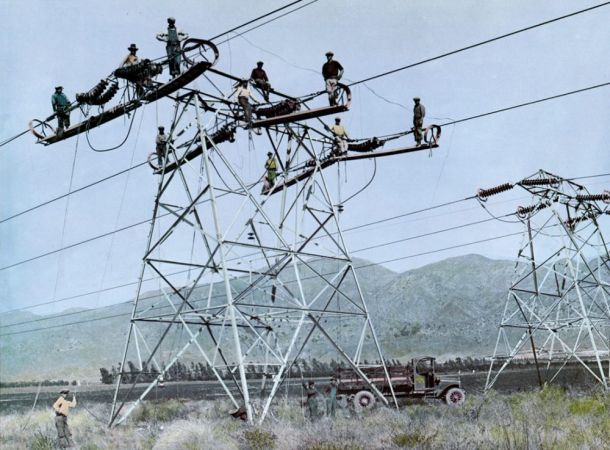
The Evolution of Personal Protective Grounding: Part 1
Personal protective grounding, or PPG, is arguably the most critical safety procedure affecting contemporary lineworkers. Over time, it has evolved to include numerous significant elements that contribute to the success of today’s comprehensive methods and procedures.
To adequately address these…
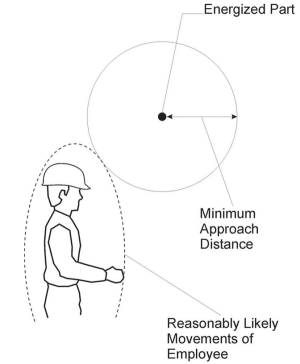
Electrical workers must recognize that ‘avoid contact’ requires them to rubber up or cover up – including when contact is possible with secondary voltages.
‘Avoid Contact’: Correctly Understanding the MAD Without a Distance
For decades, air has been used to effectively and inexpensively maintain phase-to-phase and phase-to-ground clearances of overhead distribution and transmission power lines and electrical equipment. Air’s extremely high resistance offers excellent protection against the passage of current. The grea…

Labels and PPE must be part of a larger system of worker protection that integrates all levels of the hierarchy of controls.
Rethinking Arc Flash Labels for PV Projects
Arc flash labels are a commonplace requirement for photovoltaic (PV) projects. However, arc flash studies and the resulting labels are sometimes treated as check-the-box exercises. In my experience as an engineer, I have found that questions are rarely asked regarding integration of PV arc flash la…
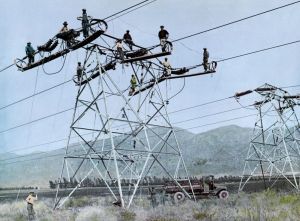
Before safe and effective PPG methods emerged, pioneering lineworkers navigated their worksites with limited grounding knowledge, equipment and procedures.
The Evolution of Personal Protective Grounding: Part 1
Personal protective grounding, or PPG, is arguably the most critical safety procedure affecting contemporary lineworkers. Over time, it has evolved to include numerous significant elements that contribute to the success of today’s comprehensive methods and procedures.
To adequately address these…
Redefining Accountability in Utility Operations
If you spend enough time in the safety world, you’ll notice something about the word “accountability”: everyone uses it and claims to value it. If you listen closely to safety-related conversations, you’ll also discover that accountability means different things to different people.
For some, it’s a co-worker getting written up (i.e., identifying “who did it” and making sure there are consequences). The word essentially becomes a euphemism for “blame.” But while pointing fingers might feel satisfying in the moment, rarely does it lead to meaningful, positive change.
Playing the blame ga…
Jamie Conn, CLCP
Peer Pressure, Trust and the Stewardship of Safety
In the demanding and often hazardous world of utility work, trust is not just a virtue – it’s a necessity. Crews rely on one another for productivity and survival.
Yet peer pressure is one of the most underestimated threats to both trust and a strong safety culture. When it creeps into safety de…
Daniel Cooper, CSP, CUSP
Smart PPE: Enhancing Worker Safety and Operational Efficiency
OSHA requires utility employers to provide appropriate personal protective equipment to their employees, such as non-conductive hard hats that meet the ANSI Z89.1 standard. The evolution of Class E helmets represents a significant advancement in worker safety, with 20,000-volt dielectric protection…
Christian Connolly
Mistakes Are Inevitable: Choose to Invest in Recovery Capacity
Shawn M. Galloway
Disable Reclosing to Heighten Worker Protection
Ben Browne, CUSP
5 Core Components of a Well-Developed Storm Response Plan
Kirk Coffey, CUSP
Recording and Analyzing Job Briefings Can Save Lives
Barry Nelson
4 Strategies to Facilitate Effective Knowledge Transfer
Robert (RL) Eisenbach, CUSP, SMS
Verbal and Physical Triggers
Think before you act.
That may be the single best piece of timeless wisdom we ever receive, especially when it comes to safety. And while it’s a simple concept, it’s not always our natural response, potentially presenting difficulties during job execution and task performance.
Keeping in mind…
The E + R = O tool can help us optimize our response to any event, enhancing safety, relationships, decision-making and more.
Your Response Matters … A Lot
How you respond to other people and events matters. It matters a lot. Your responses – both as a leader and a member of the TEAM (Together Everyone Accomplishes More) – impact every part of your life, including culture, relationships and safety.
Let’s start with this: “Responding” is a task. To…
Practicing HOP tools in low-risk environments helps to ensure you’ll be able to use them effectively when they’re really needed.
Prioritize Safety Now So It Becomes a Value Before It’s Too Late
We typically excel at safety – after an incident. My question is, can we get it right before an incident occurs? And if so, how? Keeping in mind that you probably learned a stove could be hot by touching one as a child, let’s consider another question: Is it possible for us to develop safety-relate…
The Good Shepherd
If you’re like me, you’ve only encountered sheep at a petting zoo, so here’s a fun fact about them: sheep have rectangular pupils. I included that to make sure you learn something today and to challenge us to explore other sheep characteristics and what we can learn from sheep-shepherd relationship…
Accuracy Above All: Authoring Articles for iP Magazine
For over 17 years, I have had the distinct privilege of writing for Incident Prevention magazine. I am genuinely honored that iP continues to publish my articles. My first column was about the four principles of distribution cover-up. At last count, I had written and submitted more than 100 article…
Clearing Up Confusion About Host-Contractor Relationships
In my consulting work, I’ve found there is some industry confusion regarding the relationship between a host utility and an independent contractor company. To help provide clarity, I’m going to kick off this installment of “Voice of Experience” with an overview of each party’s obligations from an O…
Bucket Truck Safety: OSHA Standards and Other Considerations
I receive numerous and varied questions about the safe use of bucket trucks in electric utility operations, so in this installment of “Voice of Experience,” I am going to share with you the OSHA standards you need to know as well as some things I have discovered during observations and audits of fi…
A Checkup from the Neck Up
The pastor of the church I attend recently delivered a sermon that deeply resonated with me and inspired the title of this article. Around that time, I’d been ruminating on some incidents I was investigating as part of my consulting work. I’d read the accident reports and conducted employee intervi…
October-November 2025 Q&A
Q: We hear lots of opinions about whether a lineworker can lift a hot-line clamp that has a load on it. There is a rule that says disconnects must be rated for the load they are to break. We’ve been doing it forever. Are we breaking an OSHA rule or not?
A: We have answered this question before, but it won’t hurt to revisit it and use this opportunity to explain how OSHA analyzes a scenario to…
August-September 2025 Q&A
Q: If a crew is setting a steel pole between energized phases (69 kV), would the 3.29-foot minimum approach distance found in OSHA Table 6 apply, or should we defer to the 15-foot clearance?
A: Setting poles is new construction that OSHA covers in 29 CFR 1926.960, Table V-5, “Alternative Minimum Approach Distances for Voltages of 72.5 kV and Less.”
There is cover rated up to 72 kV phase to…


